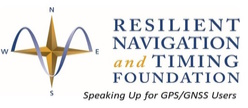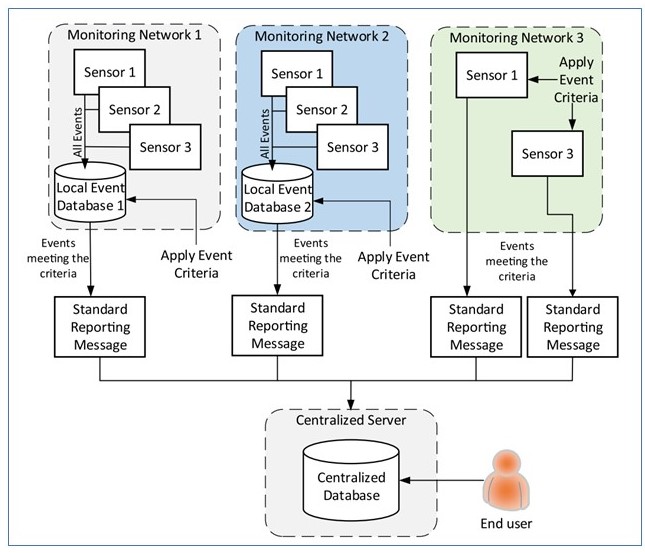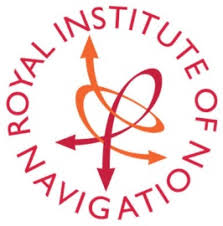Blog Editor’s Note: Great effort and expense is taken to put satellites in space and transmit quality GNSS signals. Yet when these signals arrive on Earth, too often they are made useless by interference, or worse, corrupted into hazardously misleading information.
While it is clear which government agencies are responsible for ensuring quality signals are transmitted, the responsibility for ensuring signals are not disrupted is not equally clear.
The authors of this excellent paper, which was named the Journal of Navigation’s best paper for 2018, propose a technical architecture to enable collection and use of diverse GNSS threat monitoring sources.
We hope that governments will capitalize upon it and other prototype efforts like STRIKE3 in the EU and Signal Sentry in the United States to better protect GNSS signals and users.
GNSS Threat Monitoring and Reporting: Past, Present, and a Proposed Future
Abstract
Vulnerability of satellite-based navigation signals to intentional and unintentional interference calls for a high-level overview of Global Navigation Satellite System (GNSS) threats occurring globally to understand the magnitude and evolution of the problem. Therefore, a mechanism needs to be developed whereby disparate monitoring systems will be capable of contributing to a common entity of basic information about the threat scenarios they experience. This paper begins with a literature survey of 37 state-of-the-art GNSS threat monitoring systems, which have been analysed based on their respective operational features – constellations monitored and whether they possess the capability to perform interference-type classification, spoofing detection, and interference localisation. Also described is a comparative analysis of four GNSS threat reporting formats in use today. Based on these studies, the paper describes the Horizon2020 Standardisation of GNSS Threat Reporting and Receiver Testing through International Knowledge Exchange, Experimentation and Exploitation (STRIKE3) proposed integrated threat monitoring demonstration system and related standardised threat reporting message, to enable a high-level overview of the prevailing international GNSS threat scenarios and its evolution over time.




